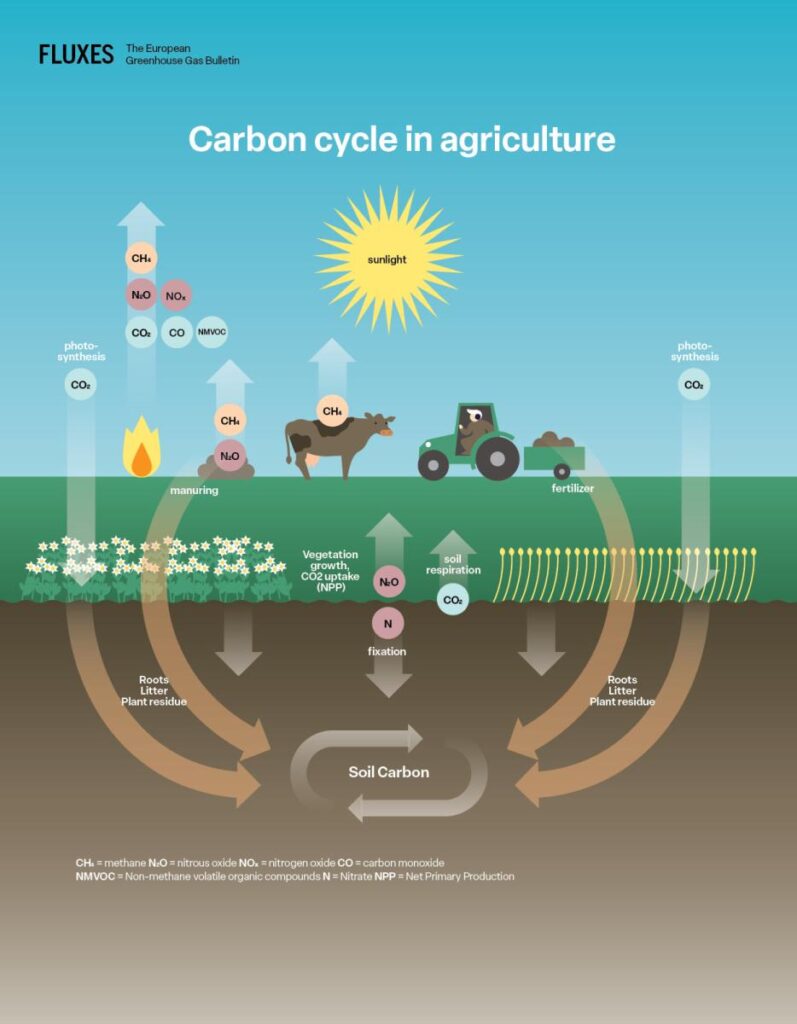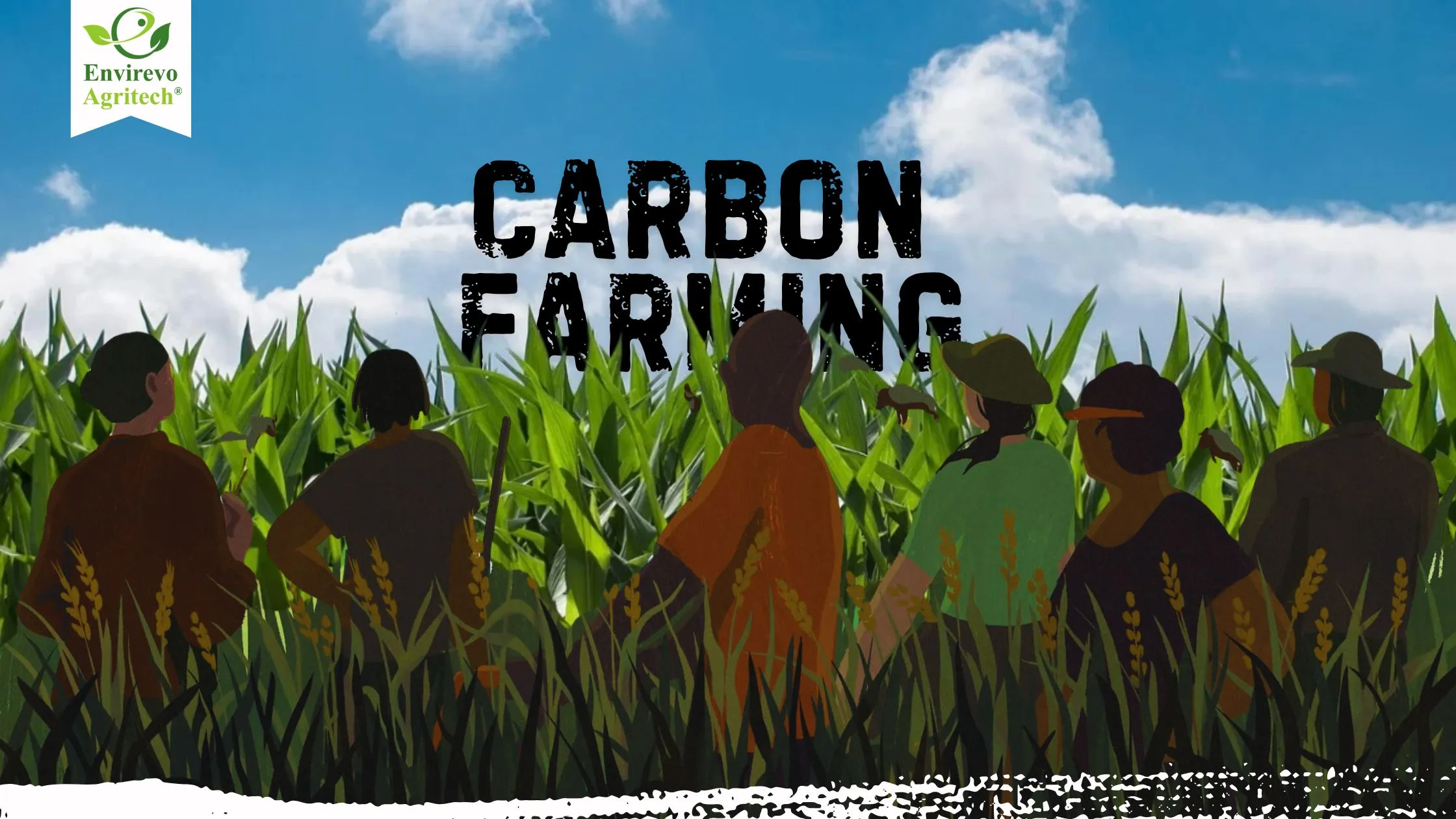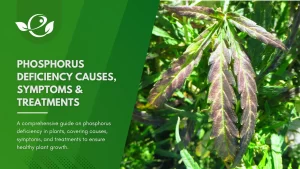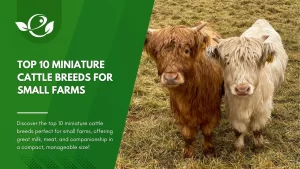Table of Contents
In recent years, carbon farming has emerged as a powerful nexus between agriculture and climate action, offering farmers a suite of practices that not only bolster soil health and yields but also draw down and store atmospheric CO₂ in plants, soils, and wood. By aligning economic incentives—through carbon markets and government programs—with time‑tested regenerative methods like no‑till, cover cropping, agroforestry, and biochar application, carbon farming creates a win–win: resilient, productive farmland and a meaningful, measurable pathway to mitigate climate change.
In the United States, where agriculture generates roughly 11% of national greenhouse gas emissions and rangelands and croplands span nearly a billion acres, scaling carbon farming can supply critical negative emissions while delivering new revenue streams to rural communities.
Understanding Carbon Farming
Defining Carbon Farming
Carbon farming refers to a suite of agricultural and land‑management practices intentionally designed to increase the rate at which CO₂ is removed from the atmosphere and stored—sequestered—in vegetation and soils. These methods create net carbon sinks by enhancing plant biomass, returning organic residues to the soil, and minimizing disturbances that release stored carbon back into the air.

Aims and Mechanism
The overarching aim of carbon farming is to shift soils and biomass from net sources of greenhouse gases to net sinks. By modifying tillage intensity, crop rotations, cover crops, and integrating trees or biochar, farmers can boost soil organic carbon pools that act as long‑term reservoirs. Globally, soils contain more than 8,580 Gt of organic carbon—over ten times atmospheric levels—underscoring the immense storage potential beneath our feet.
When soils are converted from natural ecosystems to intensive croplands, up to 30–40% of soil organic carbon may be lost; carbon farming strives to reverse this trend by returning residues, compost, or manure, and planting deep‑rooted perennials that deposit carbon below the surface.
Scale of Impact
Models estimate that, if widely adopted, carbon farming could offset up to 20% of annual global CO₂ emissions (as of 2010 baselines) through enhanced soil sequestration alone [Wikipedia]. In the U.S., where nearly 500 million hectares (1.2×10¹⁰ acres) of farmland exist, even modest increases in soil carbon (0.1–0.3 tons/acre annually) translate into tens of millions of tons of CO₂ removed each year.
Core Practices in Carbon Farming
No‑Till and Reduced Tillage
Traditional plowing can release substantial soil carbon, accelerate erosion, and degrade soil structure. In contrast, no‑till or reduced tillage uses seed drills and specialized coulters to establish crops with minimal soil disturbance, preserving soil aggregates and organic matter. Over time, no‑till fields accumulate higher organic carbon in the topsoil and maintain better water‑holding capacity, reducing irrigation needs and drought risk.
Cover Cropping
Planting cover crops—such as legumes, grasses, or brassicas—during fallow periods keeps living roots in the soil year‑round. Cover crops capture CO₂ through photosynthesis, build organic matter as residues decompose, and enhance soil microbiomes that stabilize carbon. Research has shown cover‑cropped fields can sequester an additional 0.2–1.5 tons of carbon per acre per year, depending on species and climate.
Agroforestry and Silvopasture
Integrating trees with crops (alley cropping) or livestock grazing (silvopasture) combines carbon‑dense woody biomass with productive agriculture. Trees sequester carbon above and below ground, provide shade that reduces livestock stress, and contribute leaf litter that further enriches soil organic carbon. A case study in Mexico found that silvopasture on 22 ha not only boosted carbon stocks but also improved dairy productivity and generated consulting income from sustainable land‑management training.
Compost and Organic Mulch
Applying compost or leaving crop residues on fields adds stable organic carbon forms that decompose slowly. A 2013 grassland study demonstrated a 25–70% increase in soil carbon storage following a single compost application, with negligible increases in N₂O or CH₄ emissions, highlighting compost’s efficacy as a carbon amendment.
Biochar Incorporation
Biochar—charcoal produced via pyrolysis of biomass—can lock carbon in soil for centuries while enhancing nutrient retention and water‑holding capacity. Mixing biochar into soils sequesters roughly half of the original biomass carbon; replacing slash‑and‑burn agriculture with slash‑and‑char could offset up to 0.21 Gt of CO₂ annually if adopted globally.
Rotational Grazing
Rotational grazing moves livestock among paddocks to prevent overgrazing and allow plant recovery. This promotes deeper roots and greater below‑ground carbon deposition. Studies link rotational grazing to 10–20% higher soil carbon compared to continuous grazing, as perennials replace annual grasses and manure is evenly incorporated into soils.

Environmental Benefits Beyond Carbon
Soil Health and Water Retention
Enhanced soil organic matter from carbon farming improves soil structure, porosity, and moisture‑holding capacity, making farms more resilient to extreme weather and drought. Healthier soils also filter runoff, reducing nutrient pollution in waterways.
Biodiversity and Ecosystem Services
Diverse cover crops, hedgerows, and agroforestry corridors create habitats for pollinators, predatory insects, and birds, lowering dependence on synthetic pesticides and boosting natural pest control. By maintaining continuous vegetative cover, farms function more like ecosystems, supporting wildlife and stabilizing local climates.
Reduction of Erosion and Nutrient Loss
Minimizing tillage and maintaining soil cover prevents wind and water erosion, which otherwise strip away nutrient‑rich topsoils. Conservation Reserve Program (CRP) practices—buffer strips, grassed waterways, and riparian buffers—have prevented over 9 billion tons of soil erosion since 2015.
Economic Incentives for U.S. Farmers
Carbon Credit Markets
Voluntary and compliance carbon markets now encompass agricultural offsets, enabling farmers to monetise sequestered carbon. Platforms like Indigo Ag, Nori, and the American Carbon Registry provide technical guidance, measurement protocols, and secure marketplaces where credits trade at $10–$20 per ton of CO₂. Early adopters report $15–$30/acre in additional revenue, with potential for scaling as market demand grows [USDA].
USDA Climate Programs
Under the Inflation Reduction Act and related USDA initiatives, over $3 billion has been allocated to climate‑smart agricultural programs that support technical assistance, cost‑share incentives, and third‑party verifiers for carbon projects. For example, the Greenhouse Gas Technical Assistance Provider and Third‑Party Verifier Program helps producers navigate voluntary carbon markets, reducing confusion and transaction costs.
Reduced Input Costs and Yield Benefits
By improving soil health, carbon farming often reduces synthetic fertilizer and irrigation needs. Increased organic matter can raise yield by 20–40 kg/ha for wheat and 10–20 kg/ha for maize on degraded croplands, translating to meaningful profit gains over time.
Risk Mitigation and Resilience
Healthier soils buffer crops against heavy rains and drought, stabilizing yields. Diversified rotations and perennial systems spread economic risk across multiple enterprises (e.g., timber, livestock, specialty crops), making farm businesses more resilient to market and climate shocks.
Challenges to Carbon Farming Implementation
Measurement and Verification
Accurately quantifying sequestered carbon is complex. Soil carbon varies by depth, soil type, and management, and standard sampling protocols are still evolving. Discrepancies in measurement depth can overestimate gains by up to 20–30%, according to Carbon Plan researchers [NPR].
Up‑Front Costs and Technical Barriers
Transitioning to carbon‑friendly practices often requires new equipment (seed drills, roller crimpers), cover‑crop seed, fencing for rotational grazing, and expert guidance. Small‑scale farmers may lack capital or access to technical assistance without targeted cost‑share programs.
Policy and Regulatory Uncertainty
Carbon markets and incentive programs vary by state and region, with differing eligibility, contract lengths, and permanence requirements. Farmers face uncertainty over future policy support, permanence liabilities (e.g., if soil carbon is re‑released), and potential legal obligations under offset protocols.
Potential Environmental Trade‑Offs
Certain carbon farming methods—if poorly implemented—can inadvertently harm ecosystems. For instance, monoculture tree plantations may sequester carbon but reduce biodiversity and water availability. Best practices call for diversified agroforestry and native species selection to maximize co‑benefits.
Policy Landscape and Support Mechanisms
Federal Initiatives
- Inflation Reduction Act (IRA): Allocates $19.5 billion to USDA climate programs, including support for soil health, methane reduction in livestock, and carbon credit facilitation.
- NRCS Environmental Markets: Provides technical assistance and lists qualified third‑party verifiers under the Greenhouse Gas Verifier program.
- Conservation Reserve Program (CRP): Pays farmers to retire fragile acres in buffer strips and grasslands, enhancing carbon storage and wildlife habitat.
State‑Level Programs
States such as California, Washington, and Minnesota run supplemental cost‑share and grant opportunities for cover cropping, agroforestry, and compost application. These can stack with federal incentives to lower net adoption costs.
International Partnerships
U.S. farmers can participate in global initiatives like the “4 per 1000” soil carbon alliance, fostering knowledge exchange and recognition for agricultural carbon sinks on the world stage.
The Future of Carbon Farming
Technological Innovations
Remote sensing, blockchain‑backed registries, and machine‑learning models are improving carbon quantification and traceability, lowering verification costs and building buyer confidence in agricultural offsets.
Scaling Adoption
Continuous education—via cooperative extension, SARE grants, and public–private partnerships—coupled with streamlined incentive programs, can expand farmer participation from pilot projects to mainstream practice. Engaging land‑grant universities and demonstration farms remains critical.
Integrating with Regenerative Systems
Carbon farming is most effective when layered within holistic regenerative frameworks that emphasize biodiversity, nutrient cycling, and socio‑economic equity. Combining multi‑species cover crops, livestock integration, and perennial polycultures maximizes carbon storage and farm resilience.
Positioning U.S. Agriculture as a Climate Leader
By leveraging its vast farmland base, progressive policy environment, and robust research institutions, the U.S. can lead globally in climate‑smart agriculture. Ambitious targets—such as sequestering 100 million tons of CO₂ annually by 2030—are within reach if technical, financial, and policy barriers are systematically addressed.
Conclusion
Carbon farming represents a promising, evidence‑based pathway for American agriculture to become part of the climate solution rather than a contributor to the problem. By adopting no‑till, cover cropping, agroforestry, compost, biochar, and rotational grazing, farmers enhance soil health, bolster biodiversity, and tap new revenue streams through carbon markets and federal programs. While challenges remain—particularly around measurement, financing, and policy consistency—the convergence of stakeholder interest, technological innovation, and growing demand for credible offsets sets the stage for carbon farming to scale across the U.S. landscape. As we pursue net‑zero ambitions nationally, empowering farmers with the tools, incentives, and knowledge to sequester carbon on their land will be indispensable in achieving lasting climate resilience and rural prosperity.








